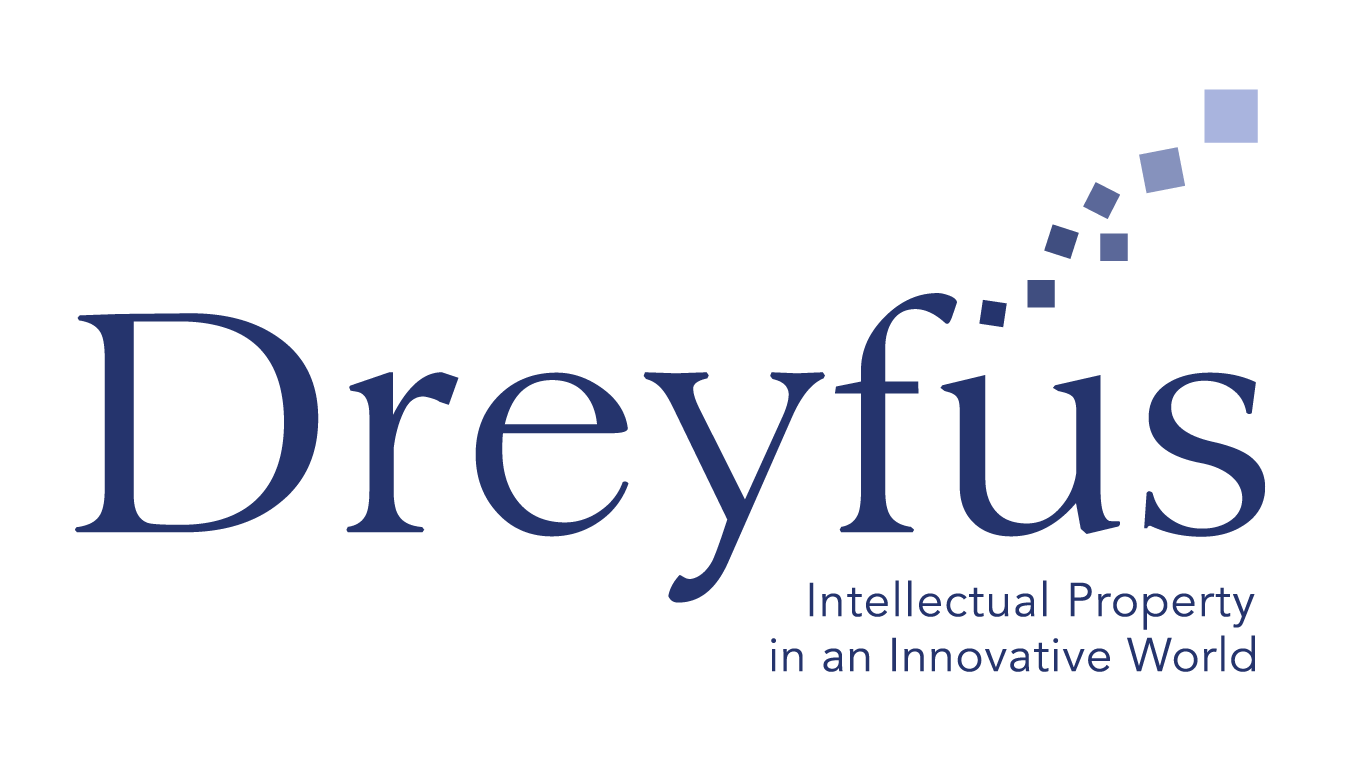
Online Brand Reinforcement: Protecting Your Digital Presence
Image generated by DALL E 3 Microsoft version
In today’s digital era, the integrity and defense of your trademark online are crucial to business success. As the internet continues to evolve, so do the threats to your trademark’s reputation. This article delves into advanced strategies for online brand reinforcement, focusing on cybersecurity measures, the role of blockchain, and domain names .
The Importance of Cybersecurity for Trademark Protection
Understanding the Threat Landscape
The digital landscape is fraught with threats such as counterfeiting, phishing, and cybersquatting. These malicious activities can significantly damage a trademark’sreputation and financial standing. Implementing robust cybersecurity measures is no longer optional but a necessity for any trademark operating online.
Implementing Robust Cybersecurity Measures
At the core of trademark protection is the deployment of advanced monitoring tools. Solutions like Dreyfus IPweb® provide continuous surveillance of your trademark’s across various platforms, detecting any unauthorized usage or potential infringements. This proactive approach ensures that threats are identified and mitigated before they can cause substantial harm.
The Role of Blockchain in Trademark Protection
Enhancing Transparency and Security
Blockchain technology offers a transformative approach to trademark protection by providing unparalleled transparency and security. Each transaction or change is recorded on an immutable ledger, making it nearly impossible for unauthorized alterations or counterfeit products to go undetected.
Applications of Blockchain in Trademark Enforcement
Trademarks can leverage blockchain for various purposes, such as verifying the authenticity of products, tracking the origin and journey of goods, and securing intellectual property rights. Domain extensions using blockchain technology, like .eth and .crypto, offer an additional layer of security, preventing unauthorized access and enhancing trust with consumers.
Strategies for Domain Names
Developing a Comprehensive Domain Strategy
A strategic approach to domain names is vital for trademark protection. This includes prioritizing research among all extensions (gTLDs, ccTLDs, and blockchain extensions), identifying strategic names, and ensuring consistency between trademarks and domain names.
Implementing Domain Monitoring and Defense
Effective domain names actions involve continuous monitoring to detect and address any unauthorized domain registrations. Utilizing tools for surveillance such as Dreyfus IPweb®, trademarks can swiftly react to potential threats, including cybersquatting and unauthorized use of similar domain names. Legal actions such as UDRP and URS procedures are essential tools in resolving disputes and reclaiming infringing domains.
Impact of Regulatory Compliance on Trademark Protection
Navigating Regulatory Landscapes
Regulatory compliance is a cornerstone of effective brand protection. Understanding and adhering to regulations like the European directive “Network and Information Security” (NIS 2) ensures that trademarks maintain high standards of security, particularly in online presences.
Proactive Legal Measures
Engaging in proactive legal measures, such as trademark audits and opposition filings, further strengthens brand protection. Regular audits provide a comprehensive view of a trademark’s portfolio, identifying potential risks and opportunities for enhancement. Opposition filings help prevent the registration of similar or identical trademarks by third parties, safeguarding the brand’s distinctiveness and market position.
Conclusion
In the dynamic digital landscape, reinforcing your trademark online requires a multifaceted approach. By integrating robust cybersecurity measures, leveraging blockchain technology, implementing strategic domain name actions, and ensuring regulatory compliance, brands can effectively protect and enhance their digital presence. Staying vigilant and proactive is key to maintaining a strong and reputable trademark in the ever-evolving online environment.

